
The Definitive Guide to Terracotta: Cluster the JVM for Spring, Hibernate and POJO Scalability
Terracotta Inc.
Get the definitive guide on all the fundamentals of Terracotta as well as user secrets, recipes, and prepackaged frameworks.
Written by Terracotta CTO Ari Zilka and his team, The Definitive Guide to Terracotta: Cluster the JVM for Spring, Hibernate and POJO Scalability covers the following:
• High Availability (HA) nth degree scaling and clustering for traditional J2EE and Java EE 5 applications (using Seam or other application) as well as Spring–based enterprise applications
• Everyday Terracotta using its prepackaged frameworks and integration recipes, including configuration and customization for your application tuning, no matter the scale
• Power user secrets available, including config modules, customized advanced performance tuning, SDLC, Maven, and more
What you’ll learn
• See how Terracotta works fundamentally, and the user pieces and parts necessary for using Terracotta and its open source options.
• Learn and apply case studies involving distributed cache, Hibernate, Master/Worker, and HTTP Session.
• Understand thread coordination and advanced performance tuning.
• Use more advanced case studies involving Spring, POJOs, FOO, and more.
• Configure and create your own modules using the software development and deployment life cycle.
Who is this book for?
This definitive book from the Terracotta team is for both developers and architects who want to learn the “whats, wheres, whens, and whys” of the Terracotta scaling engine.
Written by Terracotta CTO Ari Zilka and his team, The Definitive Guide to Terracotta: Cluster the JVM for Spring, Hibernate and POJO Scalability covers the following:
• High Availability (HA) nth degree scaling and clustering for traditional J2EE and Java EE 5 applications (using Seam or other application) as well as Spring–based enterprise applications
• Everyday Terracotta using its prepackaged frameworks and integration recipes, including configuration and customization for your application tuning, no matter the scale
• Power user secrets available, including config modules, customized advanced performance tuning, SDLC, Maven, and more
What you’ll learn
• See how Terracotta works fundamentally, and the user pieces and parts necessary for using Terracotta and its open source options.
• Learn and apply case studies involving distributed cache, Hibernate, Master/Worker, and HTTP Session.
• Understand thread coordination and advanced performance tuning.
• Use more advanced case studies involving Spring, POJOs, FOO, and more.
• Configure and create your own modules using the software development and deployment life cycle.
Who is this book for?
This definitive book from the Terracotta team is for both developers and architects who want to learn the “whats, wheres, whens, and whys” of the Terracotta scaling engine.
Categorie:
Anno:
2008
Edizione:
1
Casa editrice:
Apress
Lingua:
english
ISBN 10:
1590599861
ISBN 13:
9781590599860
File:
LIT , 2.09 MB
IPFS:
,
english, 2008
 Amazon
Amazon  Barnes & Noble
Barnes & Noble  Bookshop.org
Bookshop.org  Converti i file
Converti i file Più risultati di ricerca
Più risultati di ricerca Altri vantaggi
Altri vantaggi 

![Amit Vashistha & Vineeta Vashistha [Vashistha, Amit] — The Art of Performance Engineering: Learn Performance Optimization techniques to ensure high performance of your application](https://s3proxy.cdn-zlib.se/covers200/collections/userbooks/5afd2cf21de7a49ea4299e620ac590a4649418ce22fbebfc34bb00c9c131f998.jpg)
![Vashistha, Amit & Vashistha, Vineeta [Vashistha, Amit] — The Art of Performance Engineering: Learn Performance Optimization techniques to ensure high performance of your application](https://s3proxy.cdn-zlib.se/covers200/collections/userbooks/913de0cfad87e4bbbbfad99e90fec088c8e7681cd1c1938aff04d158a0b0df79.jpg)


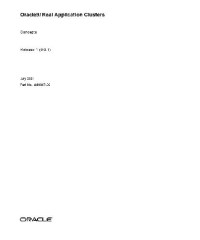





![Syed Jaffar Hussain & Tariq Farooq & Riyaj Shamsudeen & Kai Yu [Hussain, Syed Jaffar & Farooq, Tariq & Shamsudeen, Riyaj & Yu, Kai] — Expert Oracle RAC](https://s3proxy.cdn-zlib.se/covers200/collections/userbooks/dd6fa592f0bcde43d0a86ef34d785348106101c2f992a4ed5781fa5d762a109c.jpg)
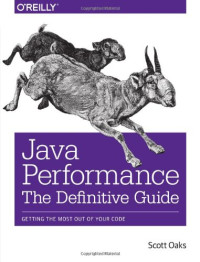
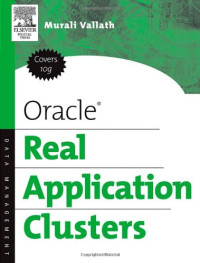
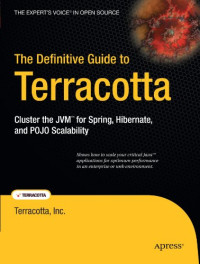






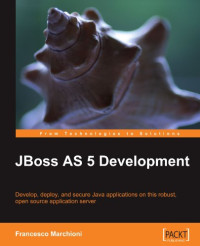




![Arnold Johansson [Johansson, Arnold] — Wildfly Performance Tuning](https://s3proxy.cdn-zlib.se/covers200/collections/userbooks/fac5b2e09d4104a1f75ba42ec33879b8a5d6ea89b251cb27cfccac8aabada383.jpg)






